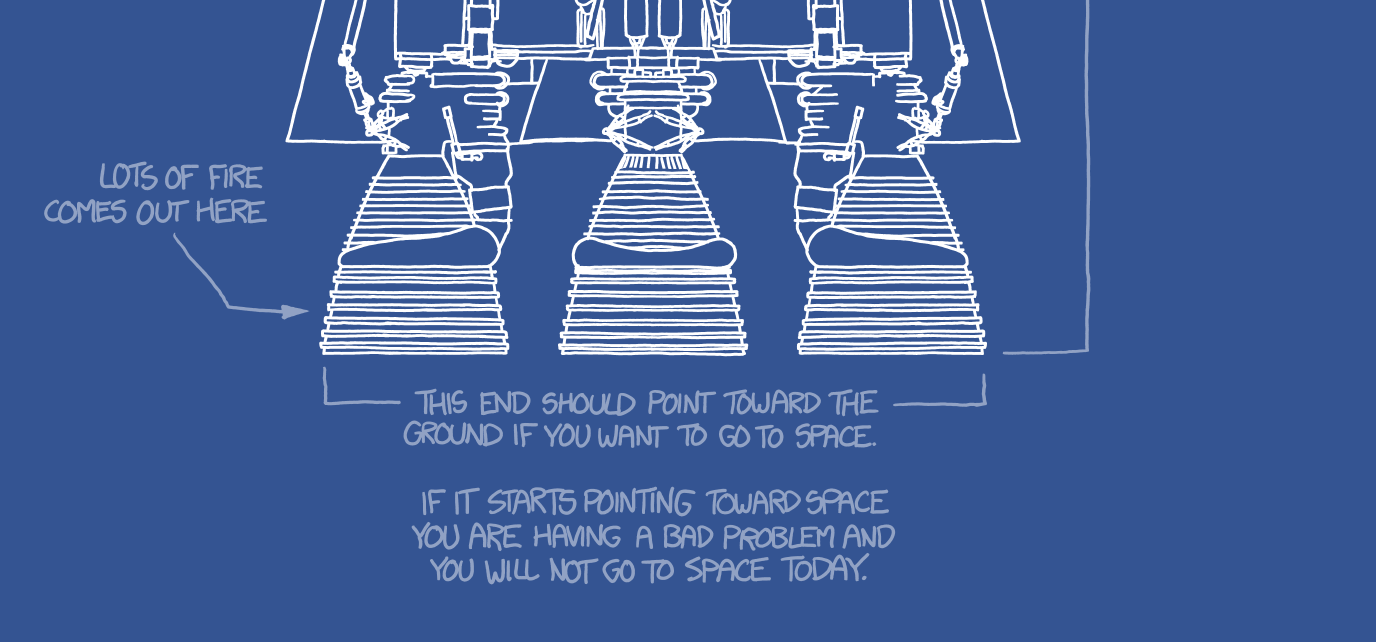Emojese: a written emoji language
The Emojese emoji language is rich enough to express complex thoughts entirely in emoji and other Unicode glyphs.

I think emoji languages are a fun idea, but when I looked for one in 2020, I couldn’t find anything that was: a) satisfying, and b) sendable as real text. My kids and I explored ideas which I formalized into Emojese and embodied in the above app for writing and reading sentences. Emojese is a pidgin language with a handful of grammar suggestions and emoji definitions for 1000+ words.
A friend and I had a ton of fun texting back and forth in Emojese for several months — a 🕵️ Secret Decoder Ring for texting! Before long, we could read many messages before decoding them in the app. I expect you would experience similar results.
All emoji languages initially look silly/overwhelming — it’s hard to read so many unfamiliar images, the choice of symbols feels arbitrary, and the constraints of existing emoji result in unfamiliar pairings like 👉☀️ for “today”.
The best I can hope for is that, after seeing a translation, you feel it’s reasonable and that the few unavoidable abstract symbols are memorable. If the language is consistent in using 👉 as “this” and “☀️”, then 👉☀️ for “this day”/”today” begins to feel acceptable.
This lets you write things roughly like Randall Monroe did with a 1000-word vocabulary in his Up Goer Five comic and Thing Explainer book — only in emoji. 🔮⋯ ⬚👈 ▶️ 👉⟿ ↬ 🌌 ⇒ 🫵 ⤻💁 👎 😬💦 & 🫵 ⤻🚫 → ↬ 🌌 👉☀️


One of my kids and their high school friends had fun playing with Emojese messages on their Discord server. It took about 10 minutes for the conversation to veer into insults like 🫵の👩🍼. I was happy they were entertained — the whole point of the project is let people have fun.